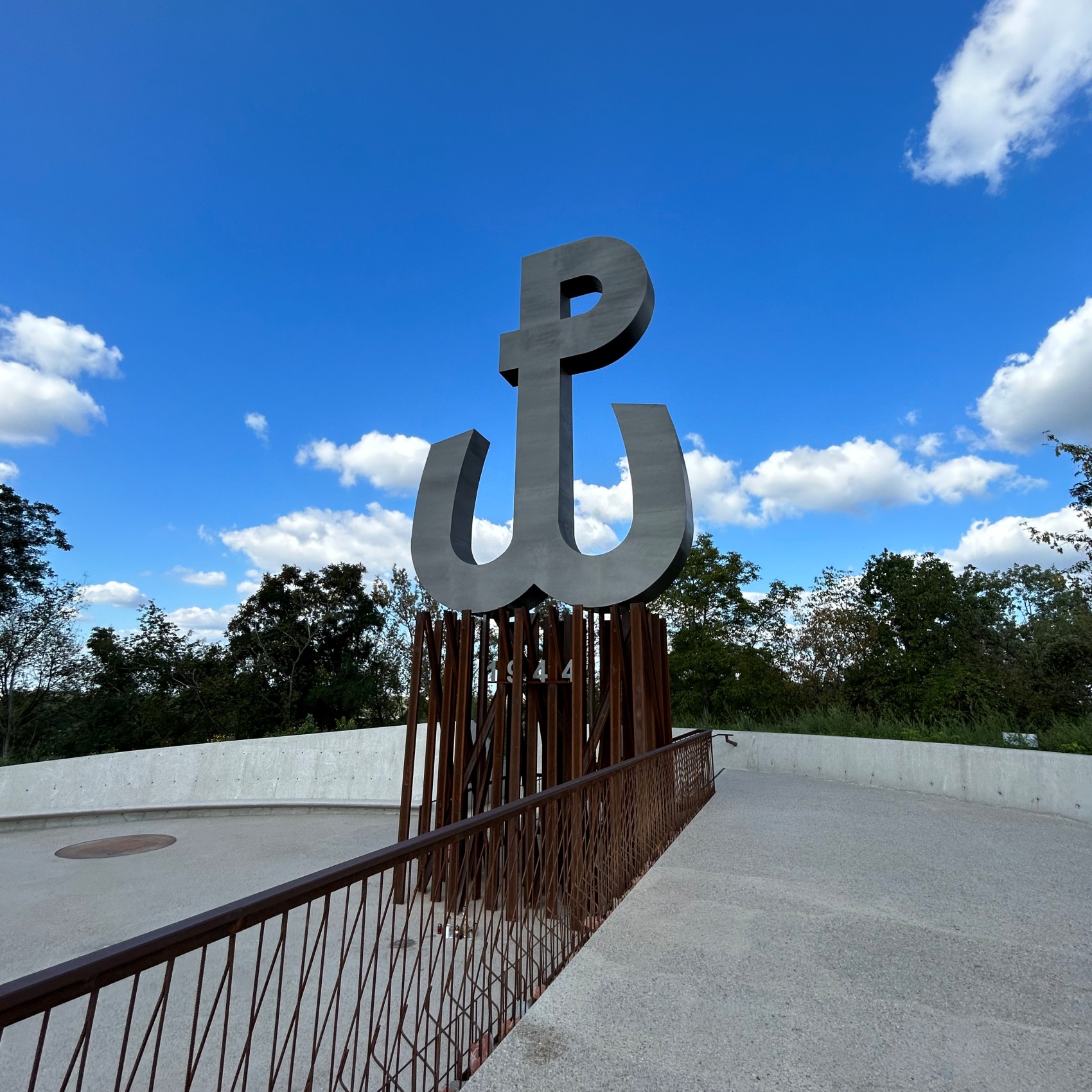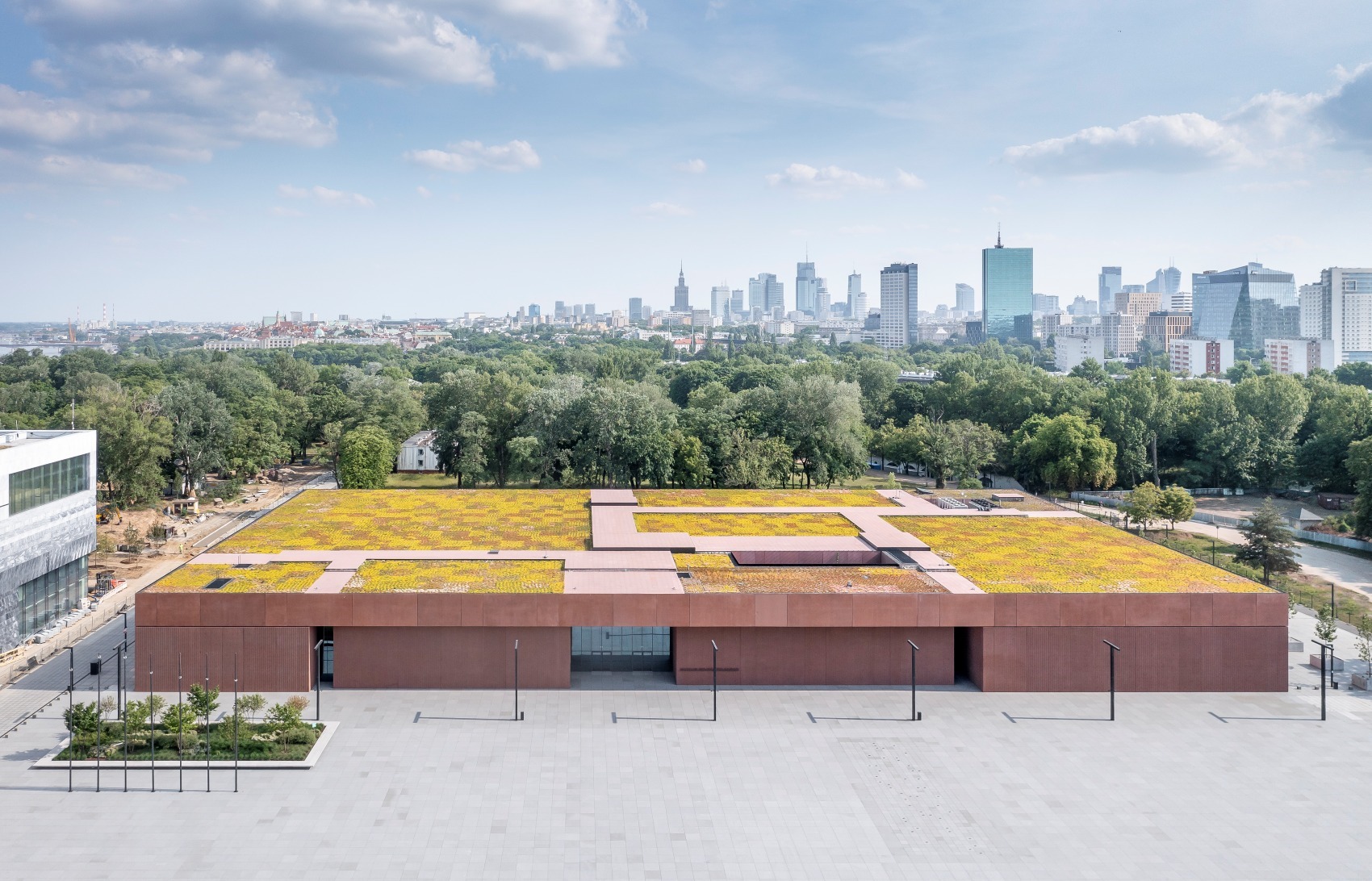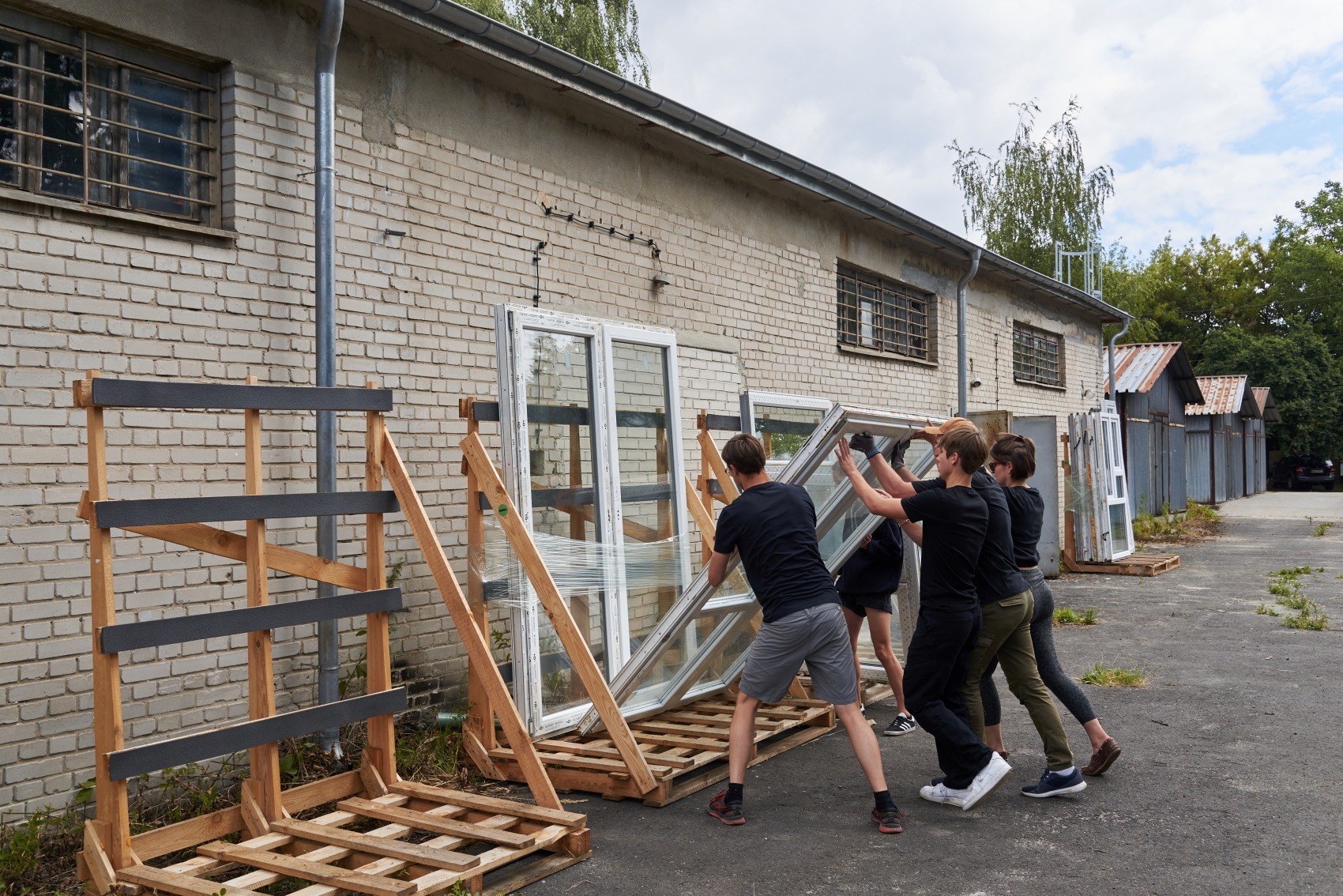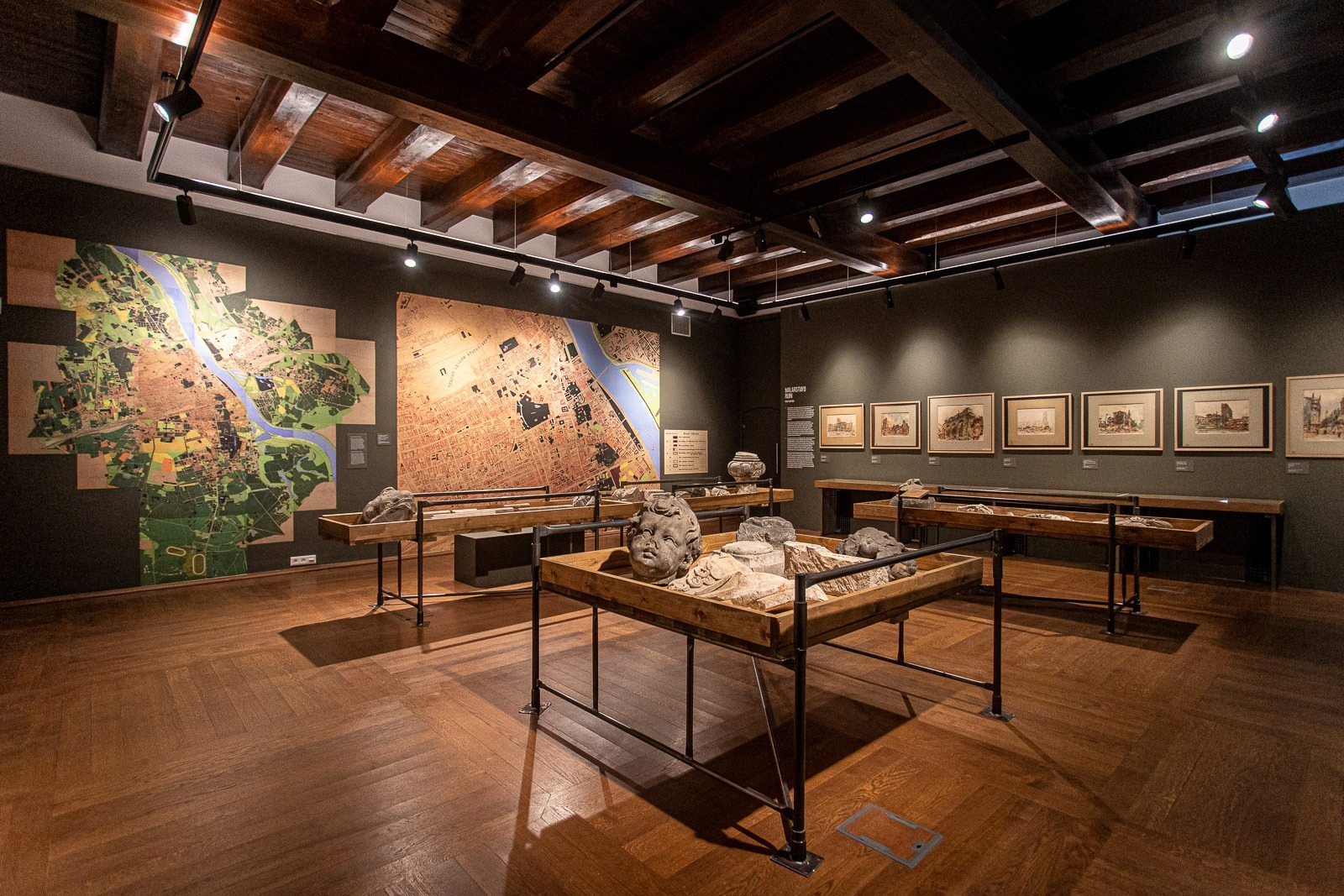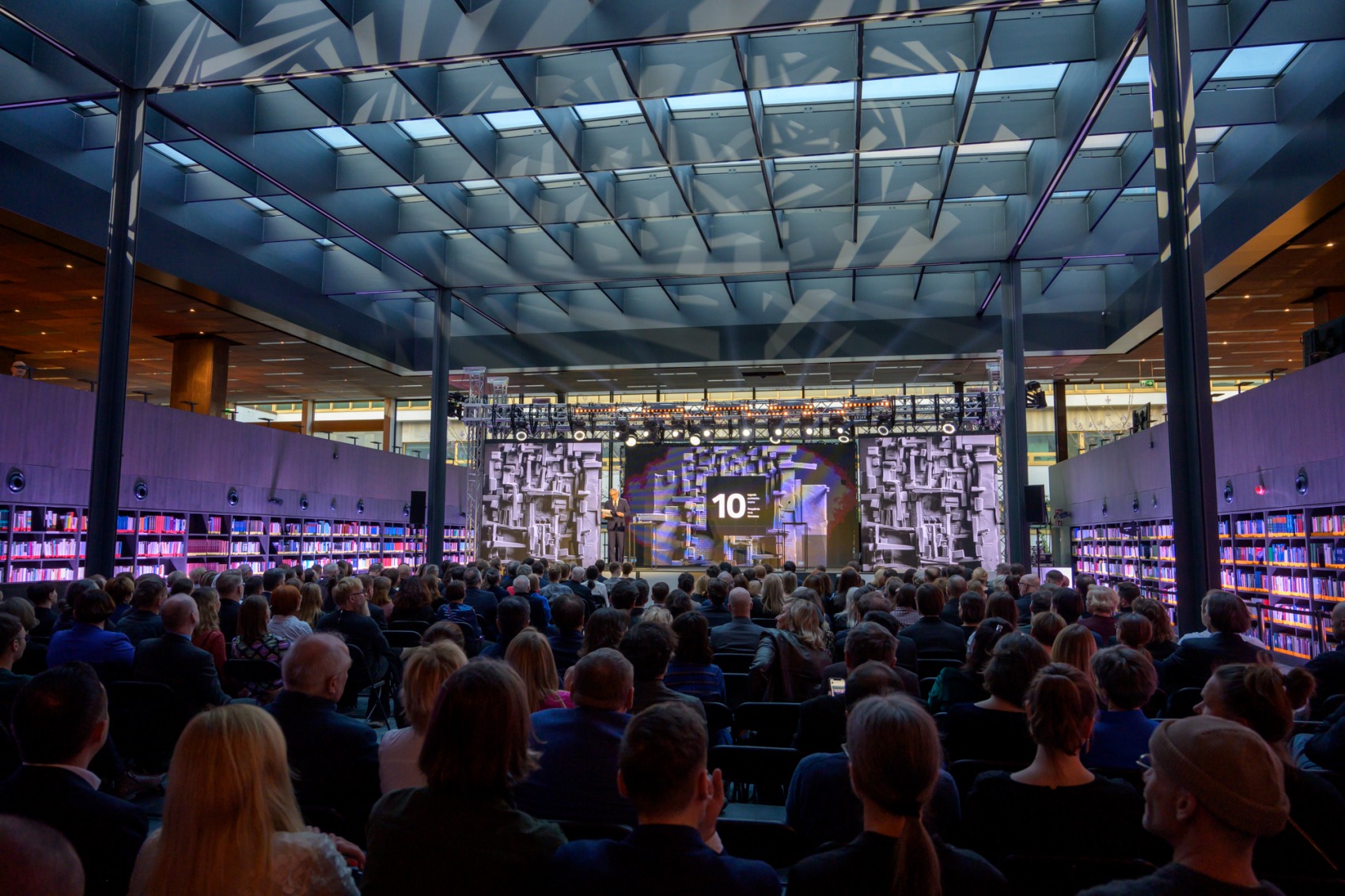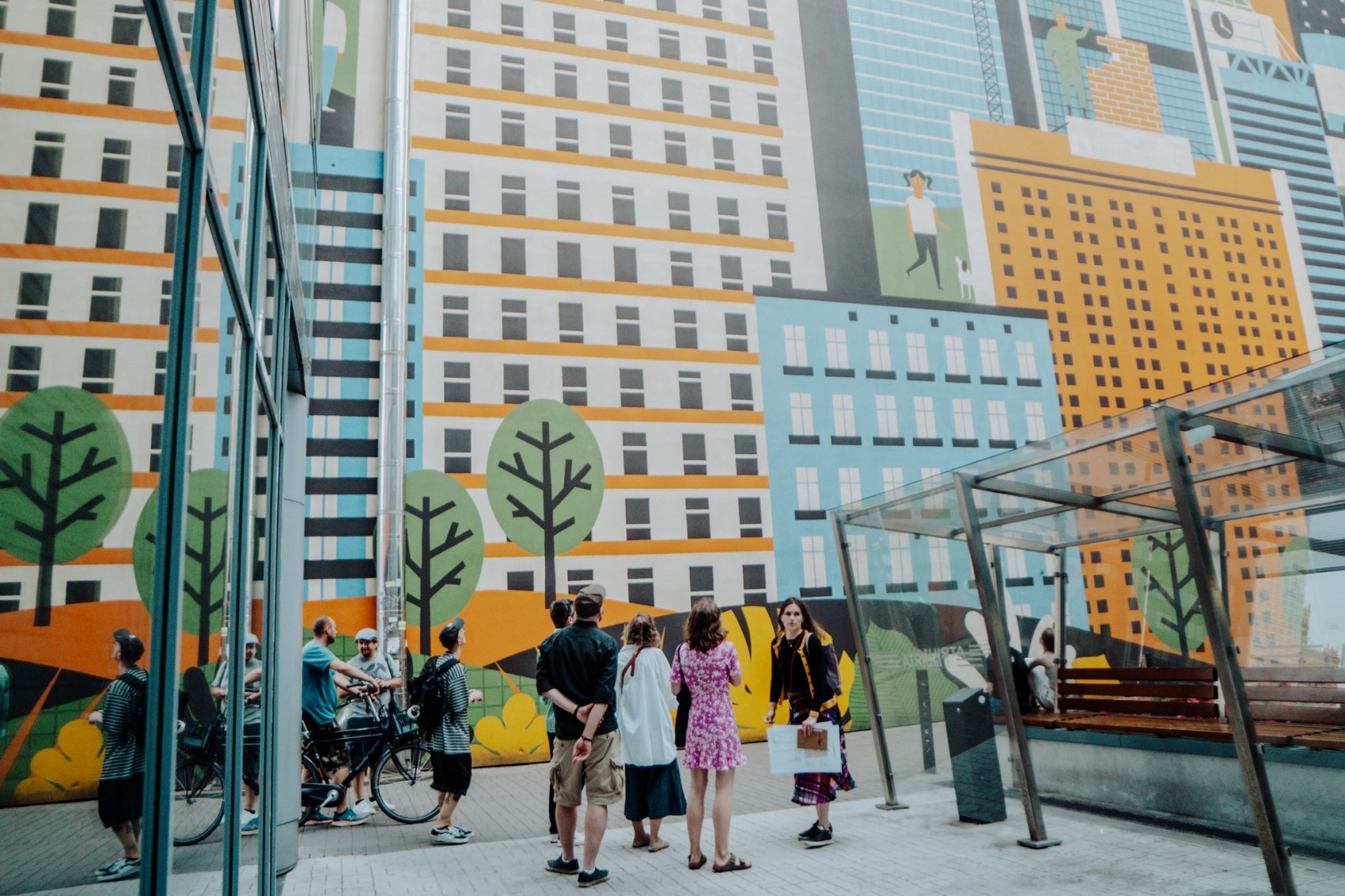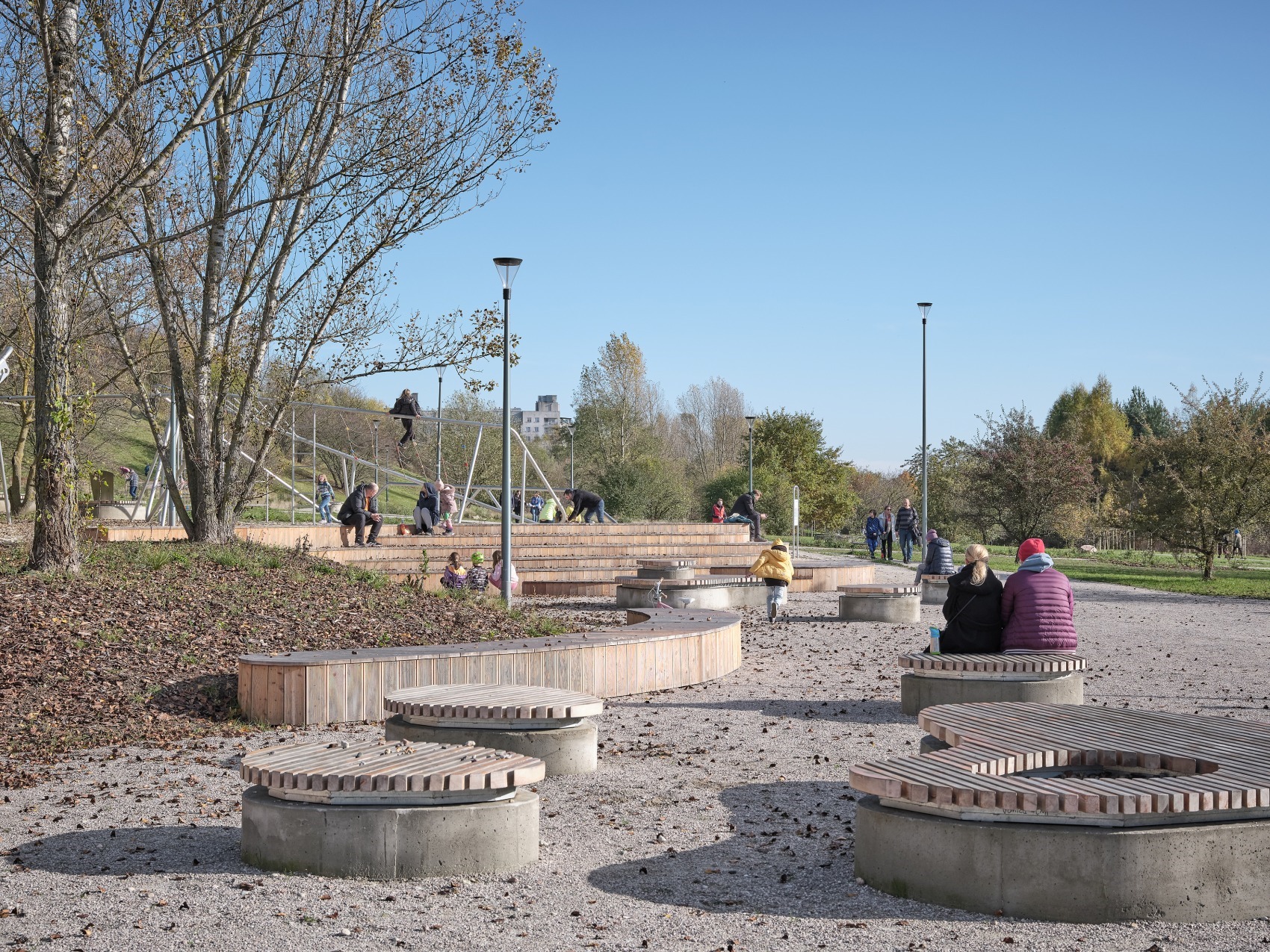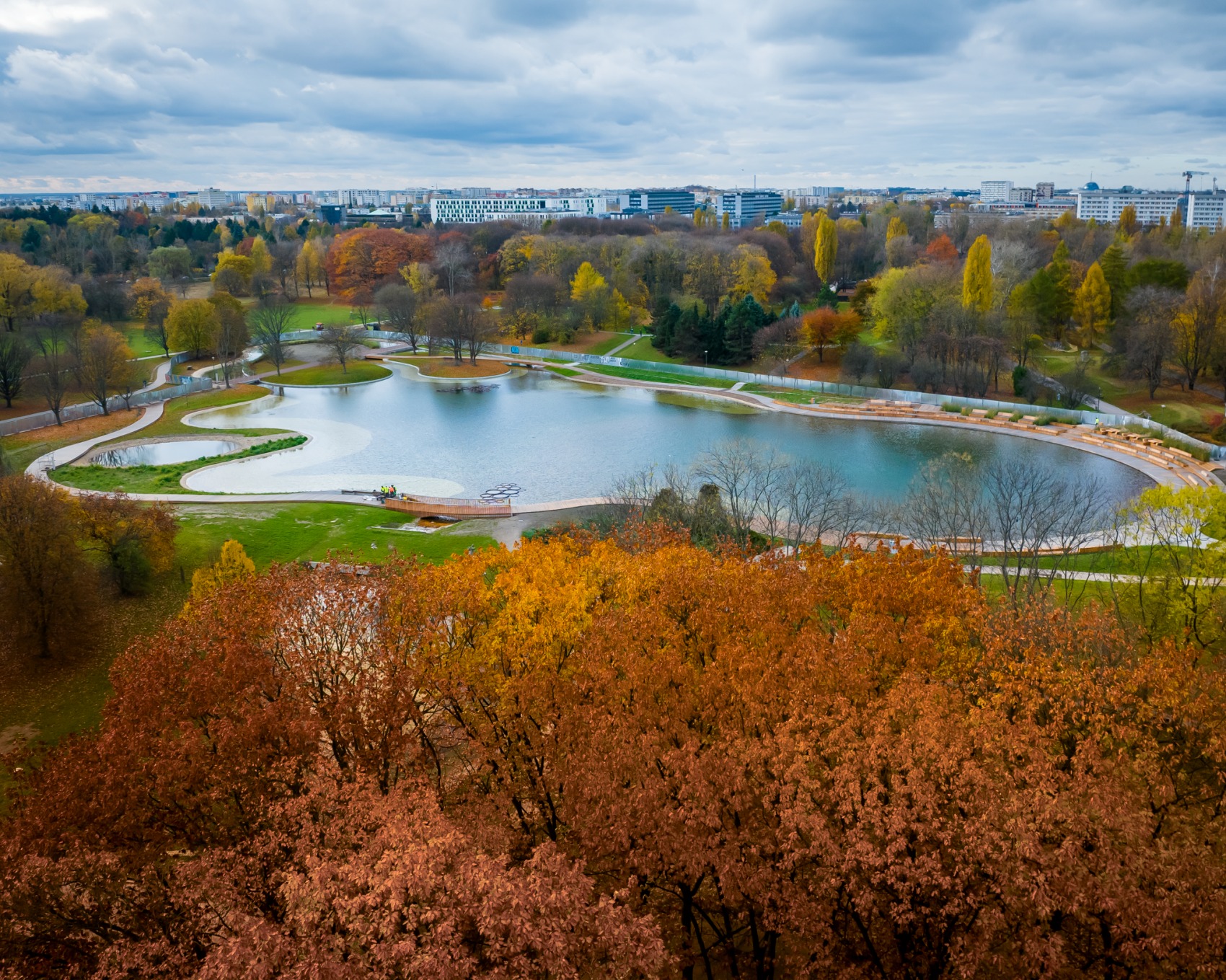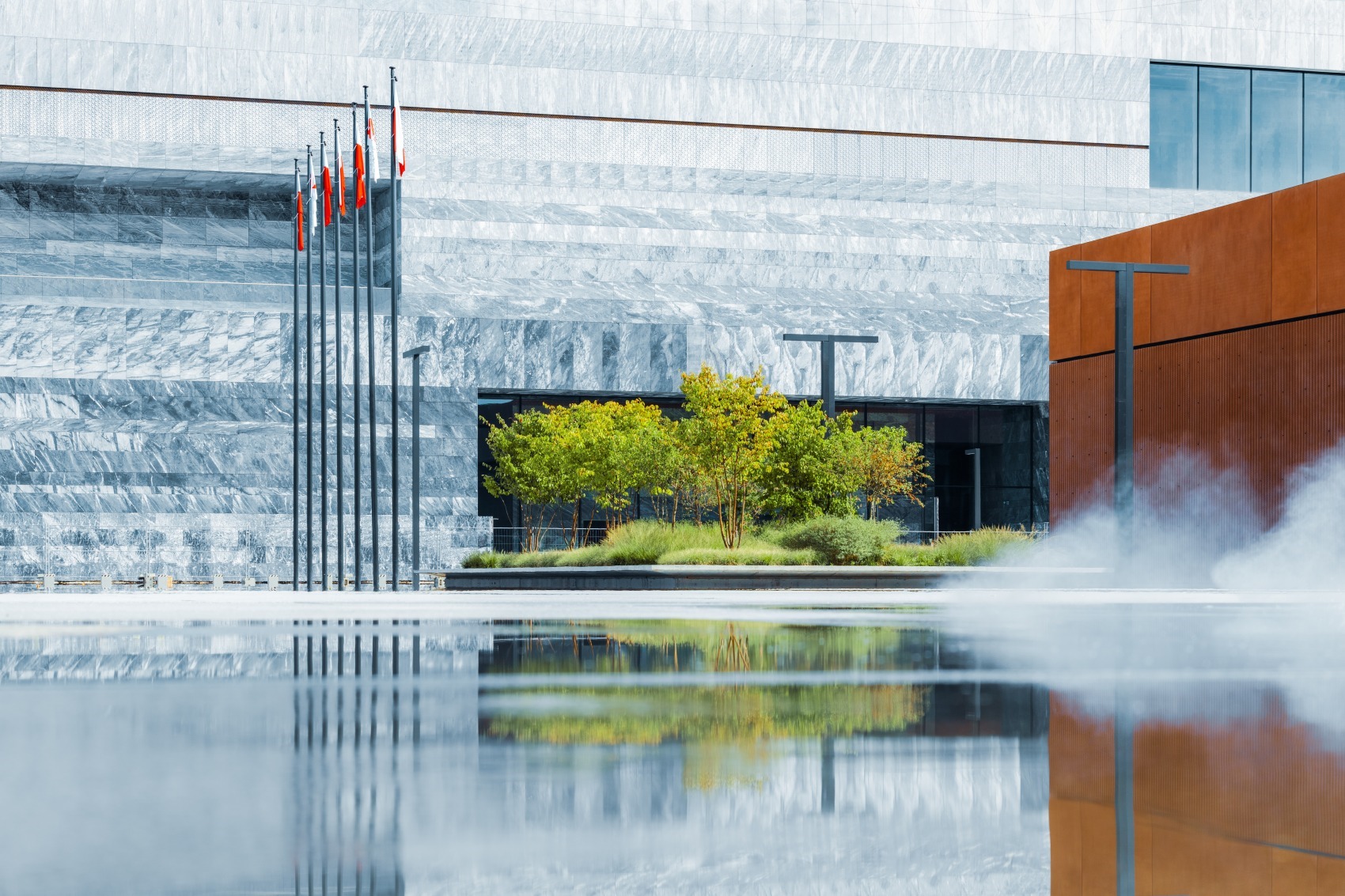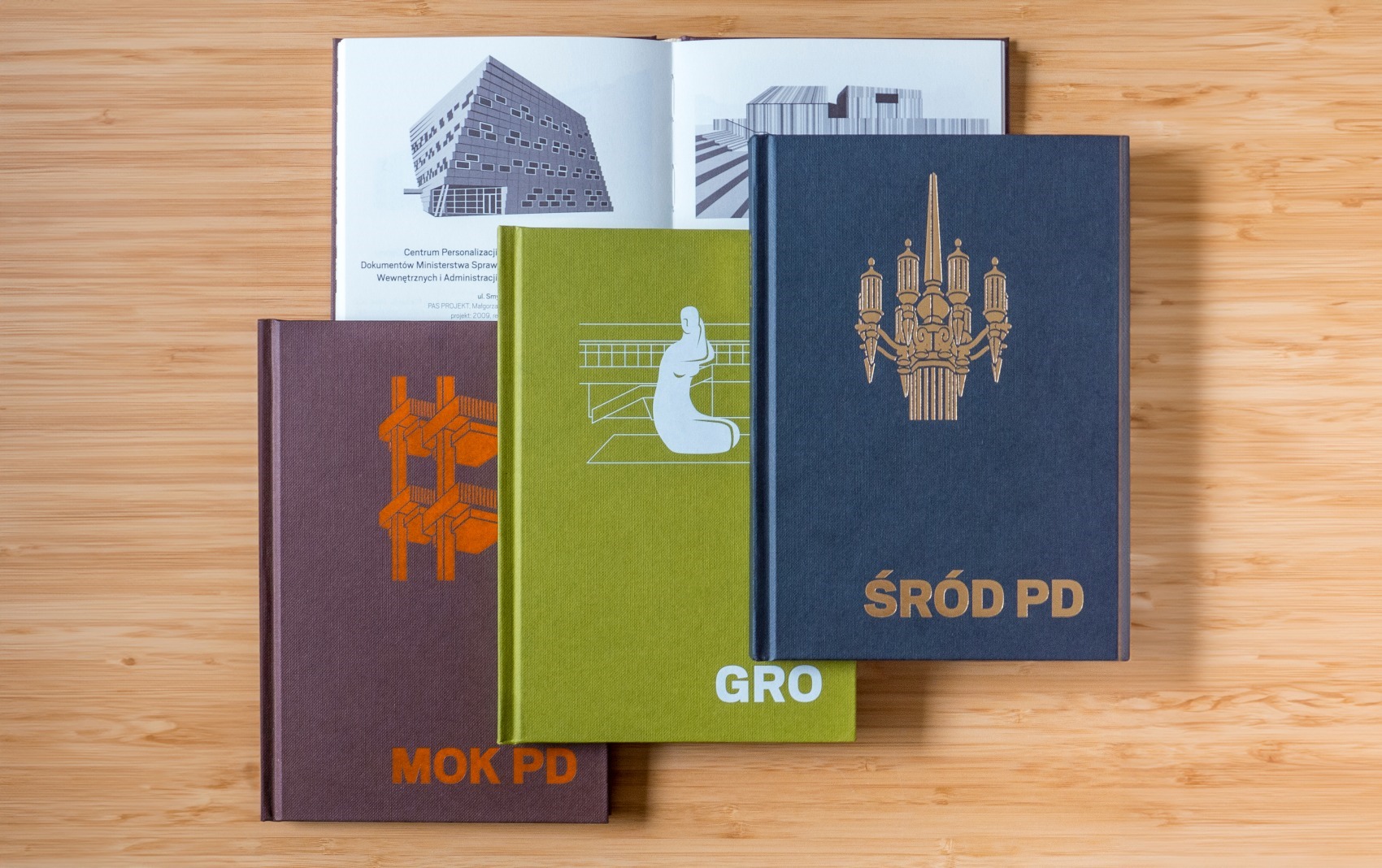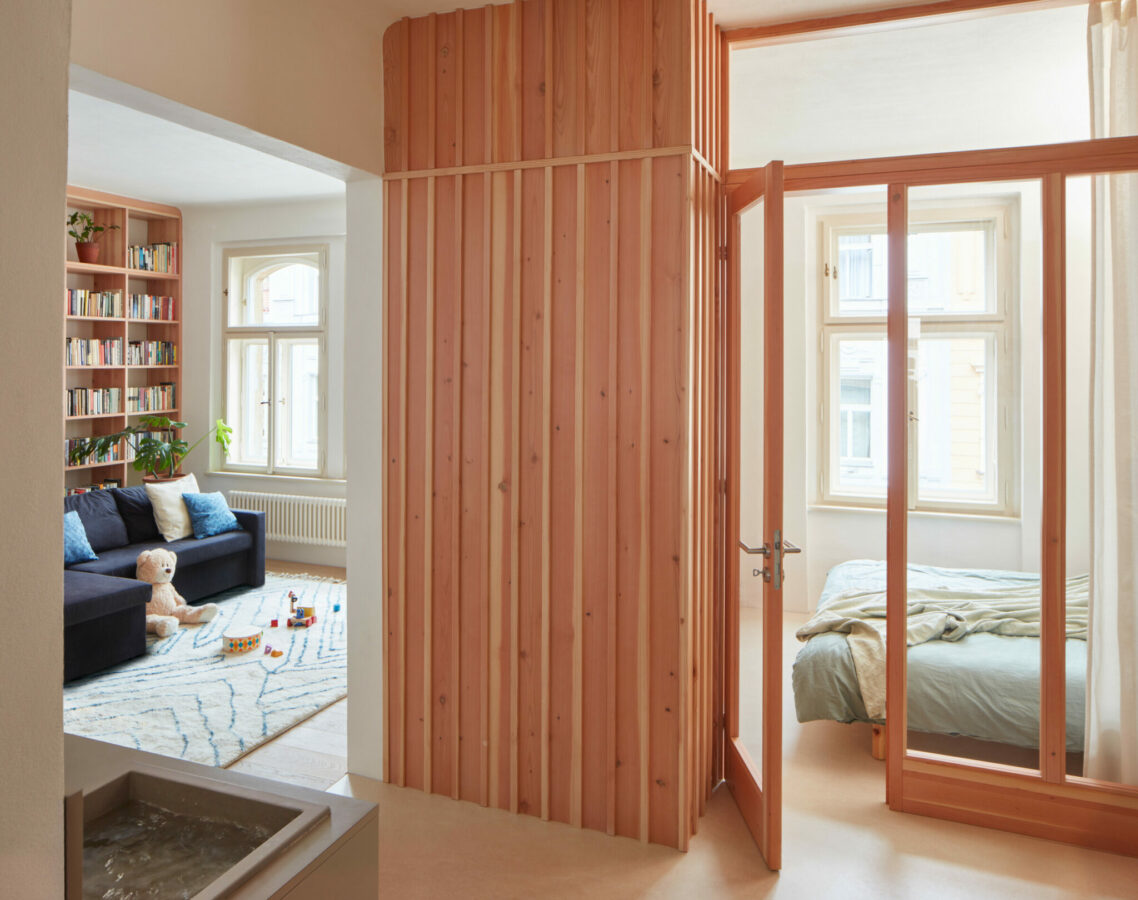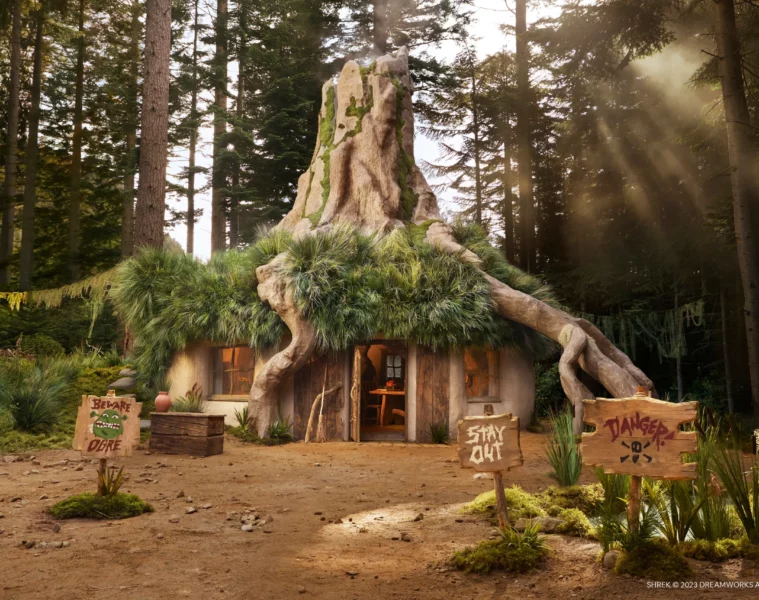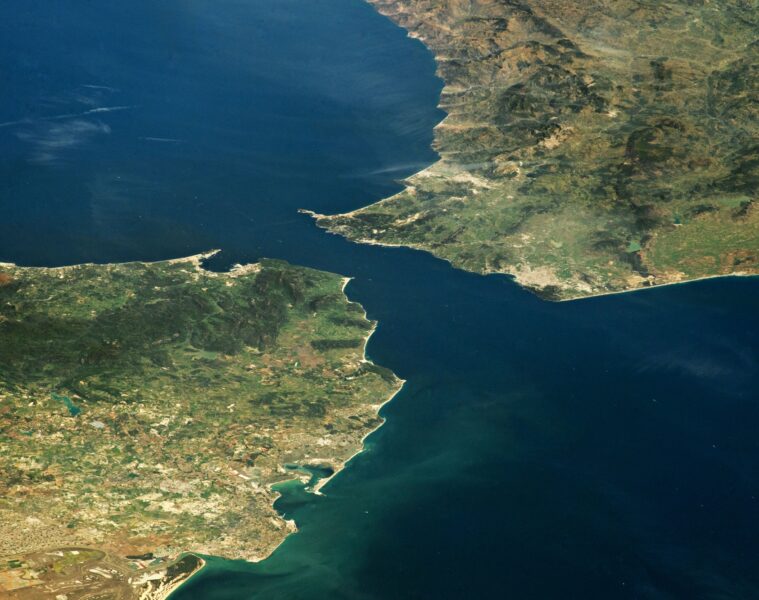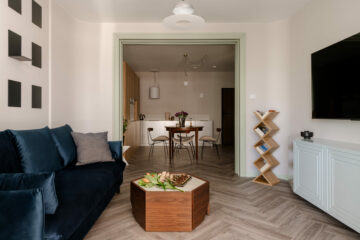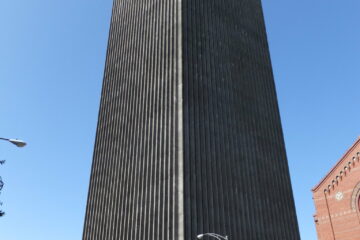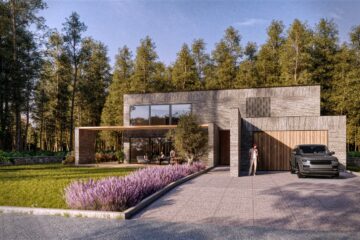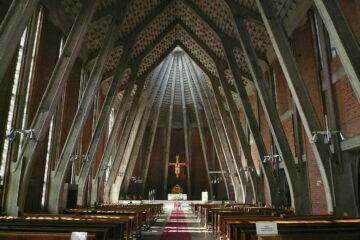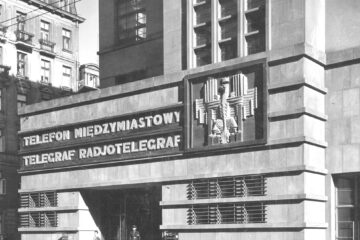The final gala of the 10th edition of the Architectural Award of the Mayor of Warsaw is behind us. The jury considered the best architectural realisation of the last year to be the rebuilding of Czerniakowski Mound with the Operation Storm park. The project won the Grand Prix and prizes in the competition categories – for the design of public space and pro-ecological solutions.
Below is a list of the awarded projects. The best ones were announced on Tuesday, 23 April, during the final gala of the 10th edition of the Architectural Award of the Mayor of the Capital City of Warsaw.
New investments are increasingly responding to contemporary challenges. They are changing the city and fitting in well with its proud history. They are also increasingly well adapted to climate change In previous editions of the competition, the jury has recognised excellent nurseries, schools, office buildings, museums, memorials, and entire quarters of buildings on post-industrial sites. These are beautiful realisations that serve the residents,” says Rafał Trzaskowski.
As many as three projects related to the redevelopment of city parks were nominated in the final. The jury considered the rebuilt Czerniakowski Mound with the Operation Storm park to be the best, which was piled up from the rubble brought down during the post-war reconstruction of Warsaw. Now the whole area is more accessible to everyone. New pedestrian gullies with rubble concrete walls lead to the top with the symbol of Fighting Poland. The memorial has also become an attractive park with playgrounds for children. Wildlife refuges have been set aside – unlit and accessible only to wild animals. Varsovians have grown very fond of this place of rest and remembrance.
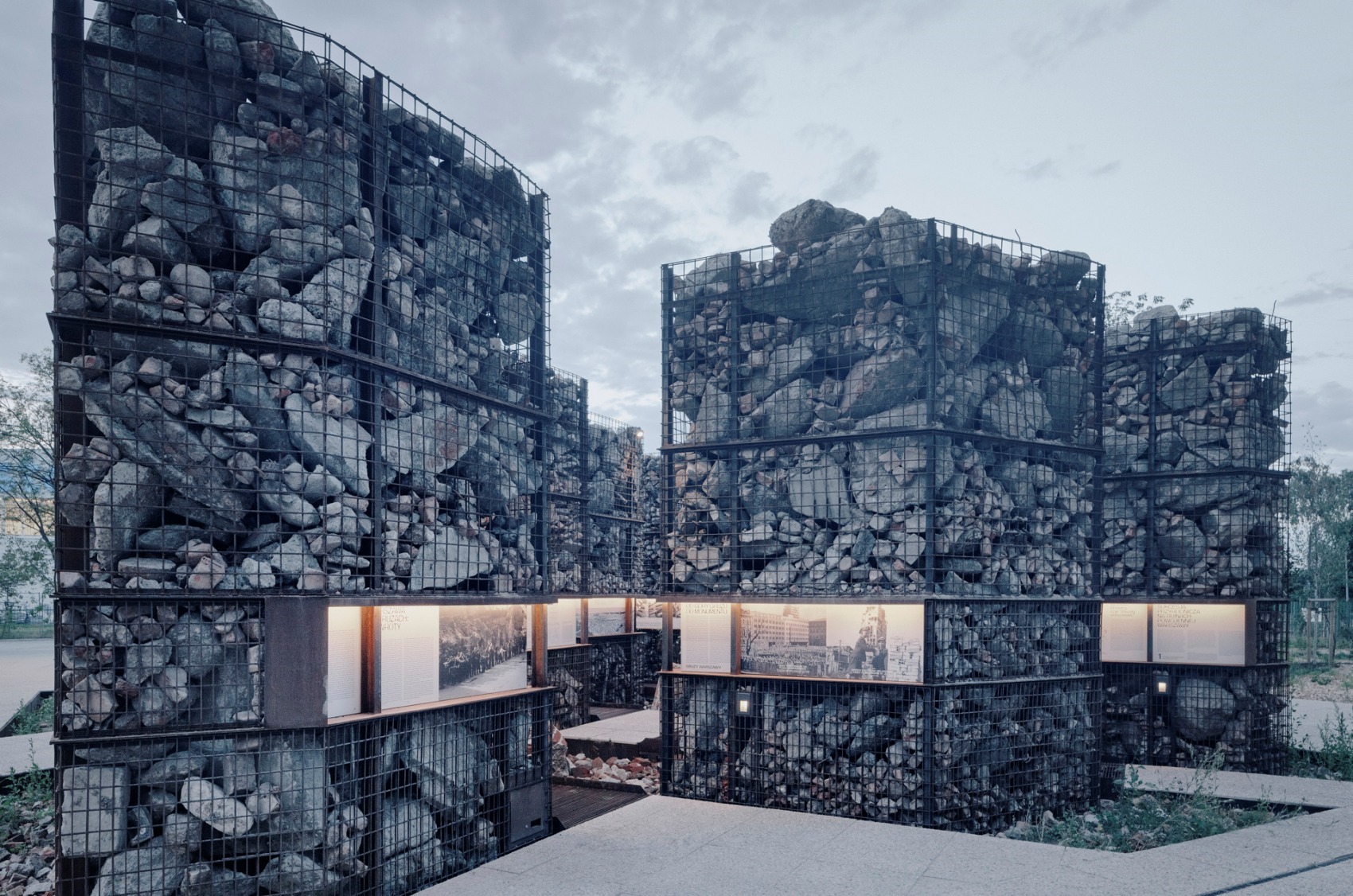
The redeveloped site was described in detail by our editor Mateusz Markowski. You can find his text and BEFORE and AFTER photos in the article by clicking HERE.
Stairs to the Warsaw Uprising Mound before and after reconstruction. Photo Shalom, CC BY-SA 3.0, via Wikimedia Commons and whiteMAD/Mateusz Markowski
Another green space that has changed its face is Pole Mokotowskie, Ursynów’s Górka Kazurka and Park Cichociemnych Spadochroniarzy AK, which were nominated in the Design of Public Space category.
Small is beautiful
Many public investments were submitted to the competition. For the first time, the jury decided to award as many as two prizes ex aequo in this category. This honours two radically different investments: the huge and concrete Museum of the Polish Army in the Warsaw Citadel and the small, timber-built public library in Choszczówka. This facility is an environmental manifesto and can educate on how to build better and smarter. It is also proof of the power of universal design. The library also received an award for accessibility solutions.
Home of the needy
In the residential architecture category, the winner was an unusual but much-needed building. It is the Our Lady of Heart House for people in crisis of homelessness. It was built in Włochy thanks to Sister Małgorzata Chmielewska and the Bread of Life Community Homes Foundation. The City of Warsaw donated a plot of land for the project. The facility provides temporary accommodation for people with disabilities and the sick. Its staff assist with identification formalities, provide medical care, diagnosis and therapy. With a very limited budget, the architects created a beautiful, functional but also empathetic design.
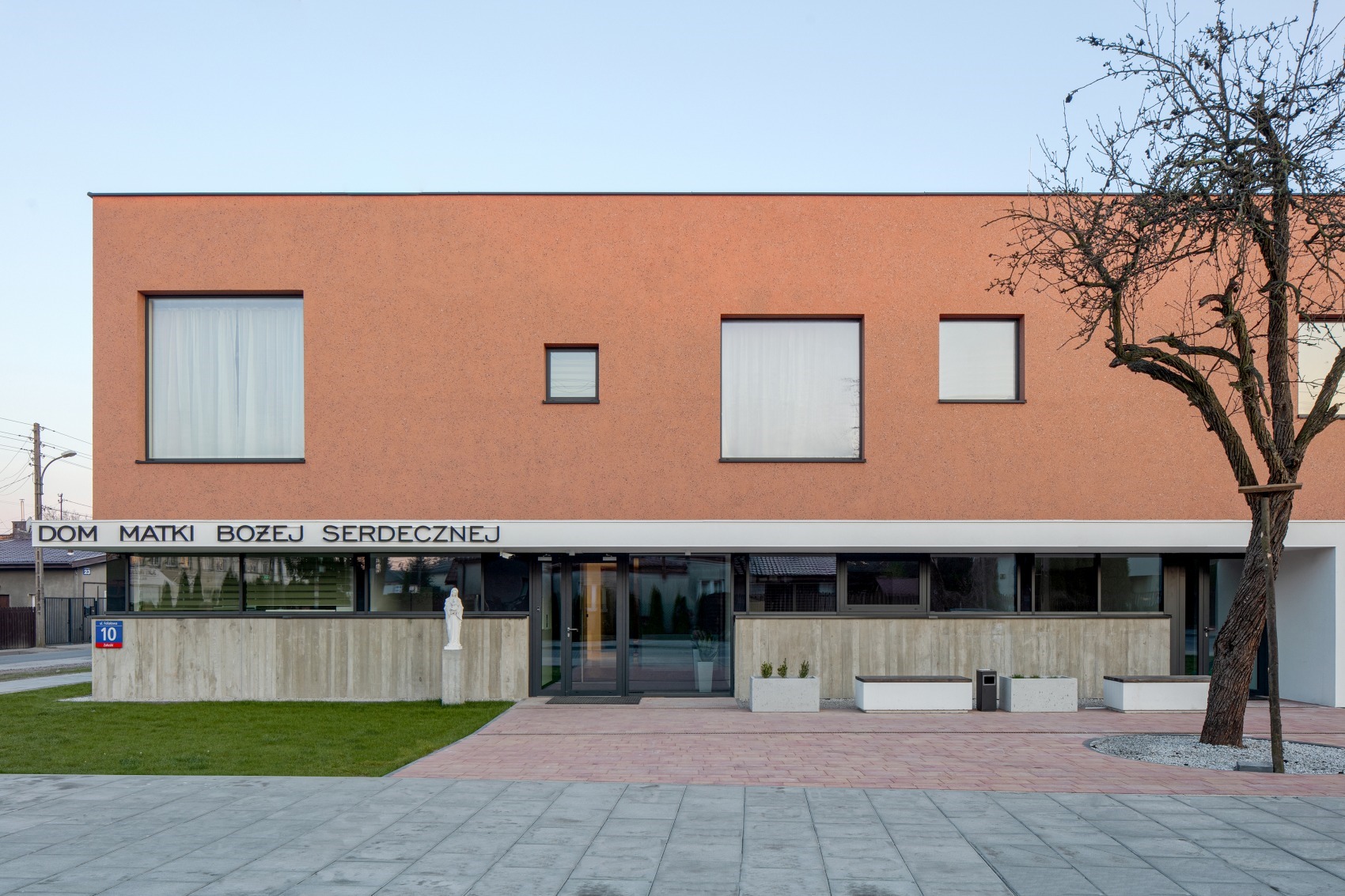
New life for buildings and an architectural event
The theme of two wars, the world one and the modern one in Ukraine, of lifting oneself from the ruins and looking for hope, brought these two so different categories together: the new life of buildings and an architectural event.
The activities of the BRDA Foundation, which we awarded for the new life of buildings, give hope that it is possible to build a better world. The residents of Ukraine are repairing their damaged houses and can look with hope through the pink windows obtained, for example, from the demolished office building in Wola. ‘We will survive this terrible war in solidarity and pass on our experience of the ‘crumbling’ of Warsaw after 1945 to our colleagues in Ukraine,’ assures the Director of the Architecture and Spatial Planning Office of the City of Warsaw and juror Marlena Happach.
In the architectural event category, the exhibition at the Museum of Warsaw and the book Zgruzowstanie Warszawy 1945-1949 were recognised. They were also used in the arrangement of the grounds and the permanent outdoor exhibition on the square in front of the Czerniakowski Mound.
Residents have a say
The socio-cultural quartet EP 29-31 received the most votes in the residents’ poll. The former city school-turned-school at 29-31 Emilia Plater Street proved to be a shelter for artists evacuated from a building in danger of collapse on Lubelska Street. It has served as the headquarters of the Komuna Warszawa Theatre for four years. Its rich socio-cultural programme attracts people with different interests. The gymnasium serves as a theatre hall, the corridors are a gallery for engaged art, and classrooms serve different functions depending on changing needs.
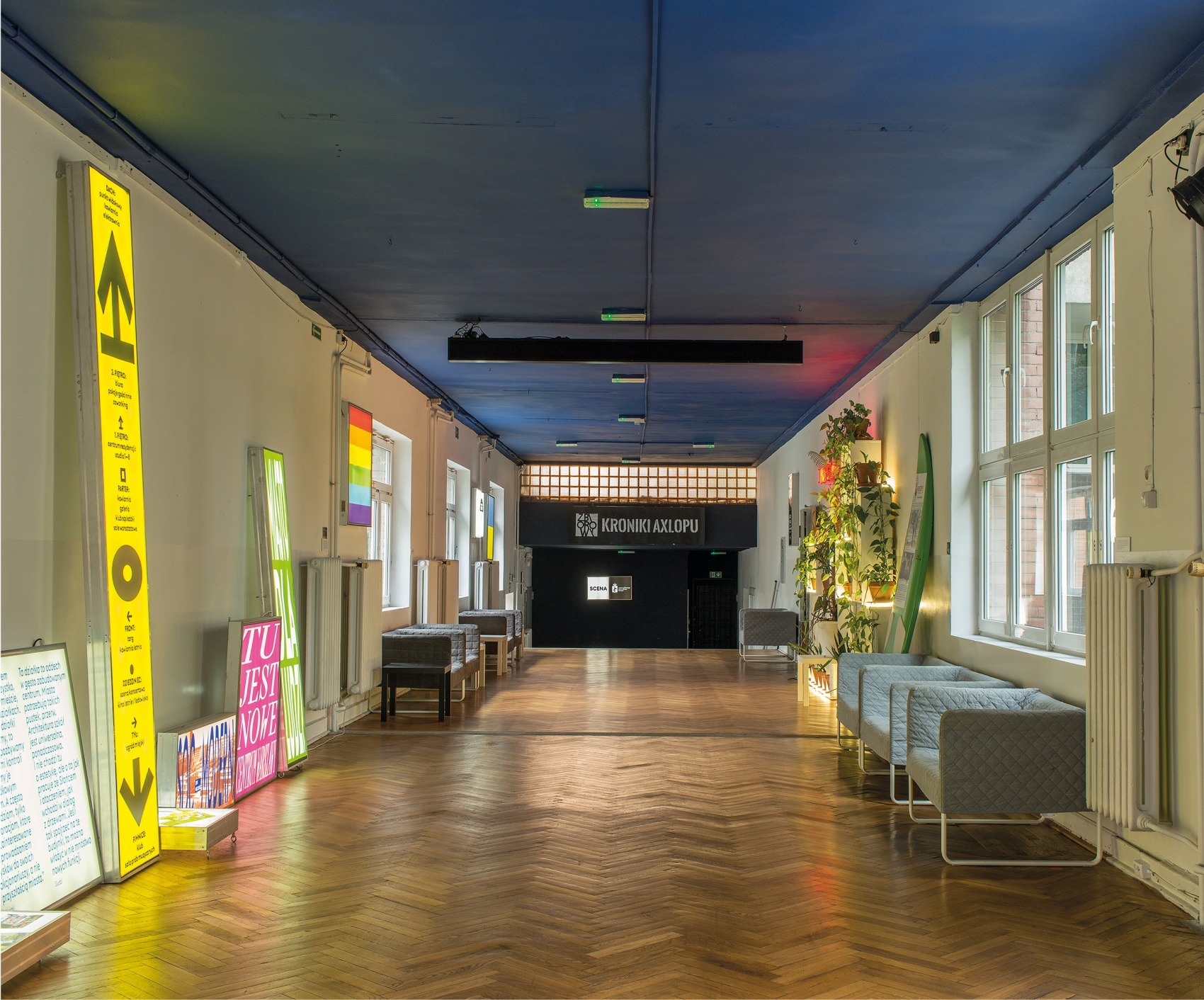
A 12-member competition jury headed by Maria Wasiak, Secretary of the City of Warsaw, worked to select the best projects. After field trips, the experts selected a total of 15 best investments and events from 100 entries. Nominations were awarded in five categories. This year, the jury did not nominate projects in the commercial architecture category, which lacked exceptional projects.
List of nominees for the Architectural Award of the Mayor of Warsaw:
Public utility architecture:
– Library in Choszczówka, 6 Kłosowa Street, Ambient category winner and award for accessibility solutions;
– Museum of the Polish Army, Warsaw Citadel, Crown Foot Guards Square, WXCA – category winner (ex aequo with Library in Choszczówka);
– Museum of Polish History, Warsaw Citadel, 1 Gwardii St., WXCA.
Residential architecture:
– House of Our Lady of Heart, 10 Foliałowa Street, xystudio – category winner;
– Nordic Bemowo estate, 3 and 3a Bolesława Orlińskiego Street, Kuryłowicz & Associates;
– Rhythm on Kabaty, Al. Komisji Edukacji Narodowej 14, WWAA.
New life of buildings:
– BRDA Foundation. OKNO and BUDO projects – category winner;
– Socio-cultural quarter Emilia Plater 29-31; Komuna Warszawa Theatre – Residents’ Award;
– Otwarty Jazdów. 10 years of activity; Open Jazdów Partnership, Partnership for Jazdów Estate, Jazdów Finnish House Residents Association.
Public space design
– Storm Action Park, Bartycka Street, Archigrest, topoScape – category winner, Grand Prix and award for pro-environmental solutions;
– Modernisation of the Kazurki Hill, Park im. Cichociemnych Spadochroniarzy AK, eM4 Pracownia Architektury Brataniec;
– Modernisation of Pole Mokotowskie, WXCA.
Architectural event:
– Zgruzowstanie Warszawy 1945-1949. exhibition and book, Museum of Warsaw, Curator: Adam Przywara, Collaboration: Katarzyna Jolanta Górska – Category winner;
– Art. Update. What can be seen in Warsaw’s public space?, Can Foundation;
– Illustrated architectural atlases of Warsaw and architectural walks, Architecture Centre Foundation.
The organiser of the competition and sponsor of the Prize is the Mayor of the City of Warsaw. Substantive partners are: Warsaw Branch of the Association of Polish Architects, the Mazovian Regional Chamber of Architects of the Republic of Poland and the Warsaw Branch of the Society of Polish Town Planners. The media patrons of this year’s edition are: “ARCHITEKTURA-murator”, “Architecture Snob”, “RZUT”, “VOGUE”, “White MAD Magazine”, “NW. NOWA WARSZAWA’, ‘URBNEWS’, ‘Zawód: Architekt’.
source: press materials
Read also: Warsaw | Places, Squares, Parks | Events | Interesting facts | whiteMAD on Instagram

